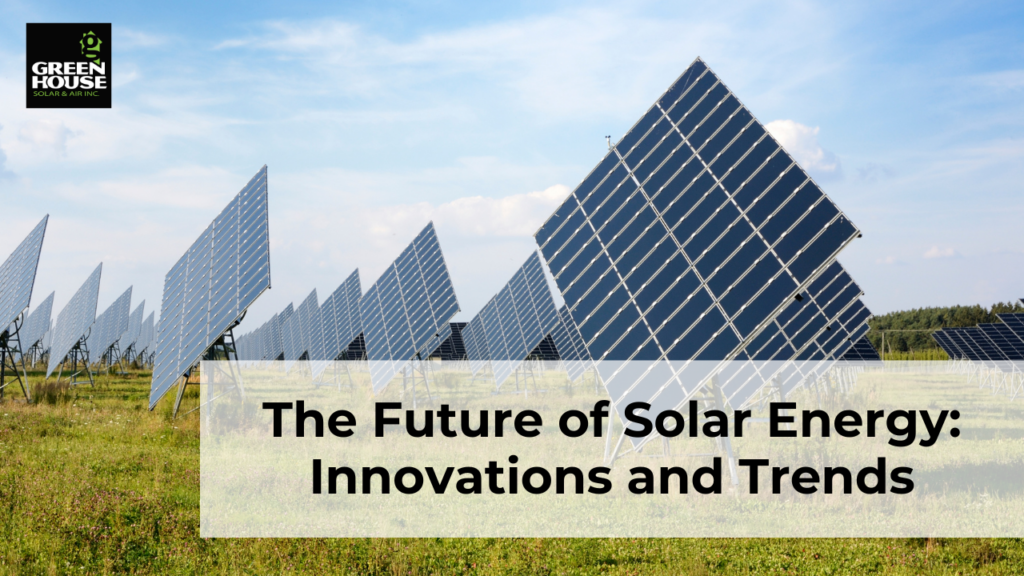
As the world accelerates its transition to clean and renewable energy sources, solar power stands at the forefront of this transformative journey. Technological advancements, innovative solutions, and evolving trends are shaping the future of solar energy, paving the way for a more sustainable and efficient energy landscape.
Efficiency Breakthroughs and Materials
Continued research into solar cell technology is leading to significant efficiency improvements. Emerging materials such as perovskite solar cells show immense promise in enhancing conversion efficiency and reducing production costs. These innovations aim to make solar panels even more efficient in capturing sunlight and generating electricity.
Bifacial Solar Panels
Bifacial solar panels are designed to capture sunlight from both sides of the panel, significantly increasing their energy output. These panels are particularly effective in areas with reflective surfaces, such as snow-covered ground or water bodies. By harnessing reflected sunlight, bifacial panels contribute to higher overall energy generation.
Building-Integrated Photovoltaics (BIPV)
The integration of solar panels into the design of buildings, vehicles, and even wearable items is gaining traction. BIPV seamlessly blends solar technology into the built environment, turning surfaces like windows, roofs, and facades into energy-generating assets. This not only maximizes space utilization but also enhances the aesthetics of structures.
Solar Tracking Systems
Solar tracking systems follow the sun’s path throughout the day, optimizing the angle at which solar panels receive sunlight. These systems can significantly increase energy production compared to fixed-angle installations. As the technology becomes more affordable, solar tracking is becoming more common, especially in utility-scale projects.
Energy Storage Advancements
Efficient energy storage solutions are crucial for overcoming the intermittent nature of solar power. Advances in battery technology are enhancing the capability to store excess energy during sunny periods for use during cloudy times or at night. This synergy between solar power and energy storage ensures a consistent and reliable energy supply.
Disaster Resilience
Many developing countries are vulnerable to natural disasters that can disrupt traditional energy infrastructure. Solar power, when integrated with energy storage systems, provides a reliable source of electricity during emergencies. This resilience enhances disaster response and recovery efforts.
Solar-Powered Transportation
Solar energy is making its way into the transportation sector. Solar panels on electric vehicles (EVs) can help extend their range, and solar-powered charging stations are being developed to provide clean energy for EVs. Solar technology is also being integrated into public transportation systems like buses and trains.
Grid Modernization and Virtual Power Plants
The integration of solar energy into modernized grids is essential for maintaining stability and reliability. Virtual power plants (VPPs) aggregate the energy generation of numerous solar installations, allowing for better grid management and energy distribution. VPPs enhance grid flexibility and resilience.
AI and Data Analytics
The integration of artificial intelligence and data analytics is enhancing the efficiency of solar energy systems. These technologies optimize panel orientation, predict maintenance needs, and improve overall performance, maximizing energy output and reducing operational costs.
Conclusion
In conclusion, the future of solar energy is bright and dynamic, characterized by technological innovations, integration into various sectors, and a global commitment to sustainability. As solar power continues to evolve, it holds the potential to revolutionize how we generate, store, and consume energy, paving the way for a cleaner and more sustainable future.

